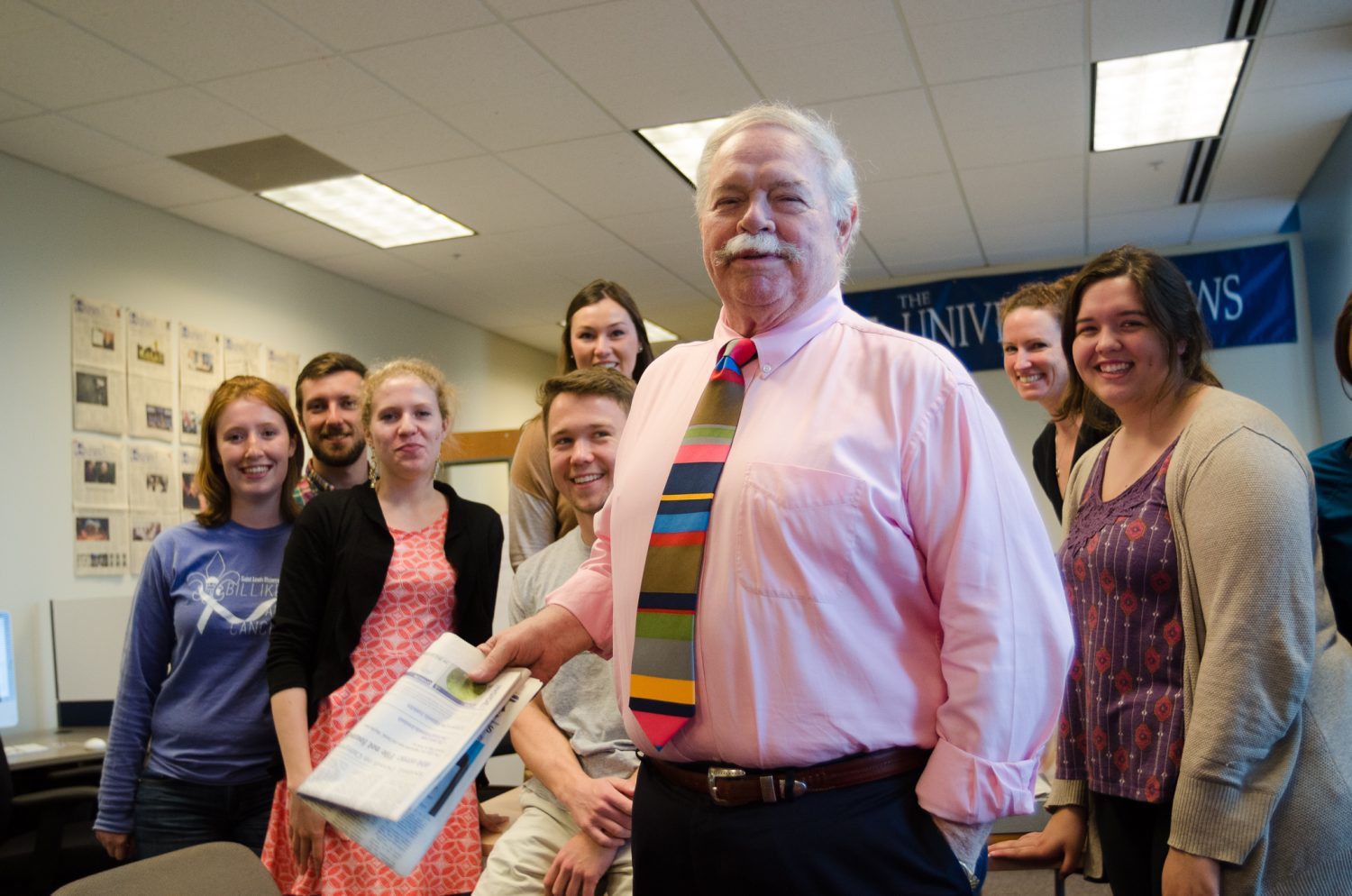In an unprecedented undertaking, the World Health Organization
has summoned flu vaccine makers and representatives from different
nations to a summit meeting, scheduled to take place today in
Geneva, Switzerland.
Sixteen vaccine companies and health officials from the United
States and other large countries have agreed to attend the summit
with the common objective of dealing with the growing threat of a
flu pandemic, as reported by the Associated Press.
Increasing signs that the avian flu is emerging in Asia,
accompanied by several human cases, are a cause for concern as they
cannot be linked directly to exposure to infected poultry. It is,
then, only a matter of time until the virus adapts itself and can
spread more easily from person to person, resulting in a worldwide
outbreak.
“We believe that we are closer to the next pandemic than we ever
were,” said Klaus Stohr, influenza chief of the United Nation’s
health agency, when interviewed before a speech at an American
Society for Microbiology meeting in Washington, D.C.
The world’s current total capacity for flu vaccine is only 300
million doses–and it would take at least six months to develop a
new vaccine capable of combating a pandemic. The WHO wants to
discuss all of the issues that might prevent the timely development
of this vaccine, including monetary and scientific criteria.
Without a concerted effort to deal with this reality, there will
not be a vaccine available when the next pandemic begins.
The flu kills about 36,000 people in the United States and a
million worldwide each year, according to Stohr. Tens of millions
die in a pandemic, which occurs every 20 to 30 years, when a flu
strain changes so dramatically that any residual immunity from
previous flu booster injections is ineffectual.
The United States is the only nation to commission studies on
potential pandemic avian flu vaccines. The National Institute of
Health has given Aventis, Pasteur and Chiron Corp. contracts to
develop bird vaccines that they expect to be prepared for human
testing later this year.
Avian flu describes three deadly strains of avian influenza,
which has killed millions of chickens in Asia. These strains have
not spread readily from person to person thus far but have proved
fatal to those who have become infected. The first strain appeared
in Hong Kong in 1997 and caused 18 human infections and six deaths.
It reappeared last year and has caused 44 human cases and 32 deaths
in Asia in 2004, Stohr told the Associated Press.
A second strain appeared in 1999 in Hong Kong and China, causing
two human cases in Hong Kong in 2003. The third strain was found in
the Netherlands in 2003.





